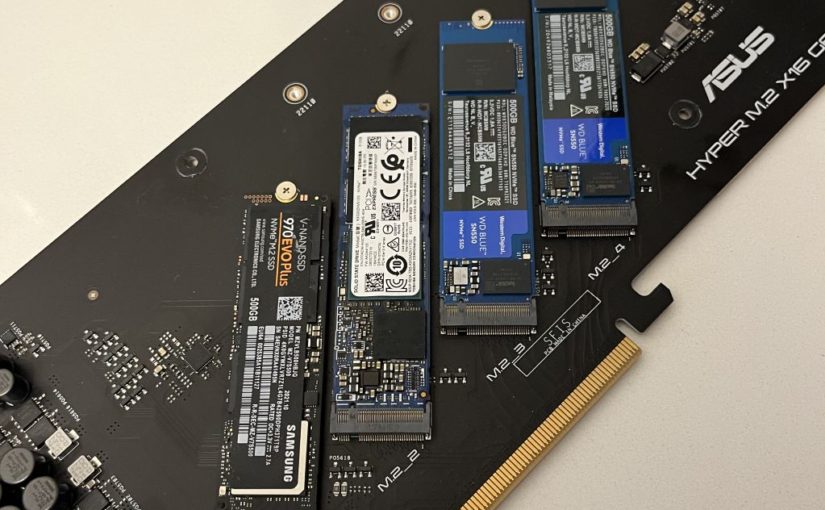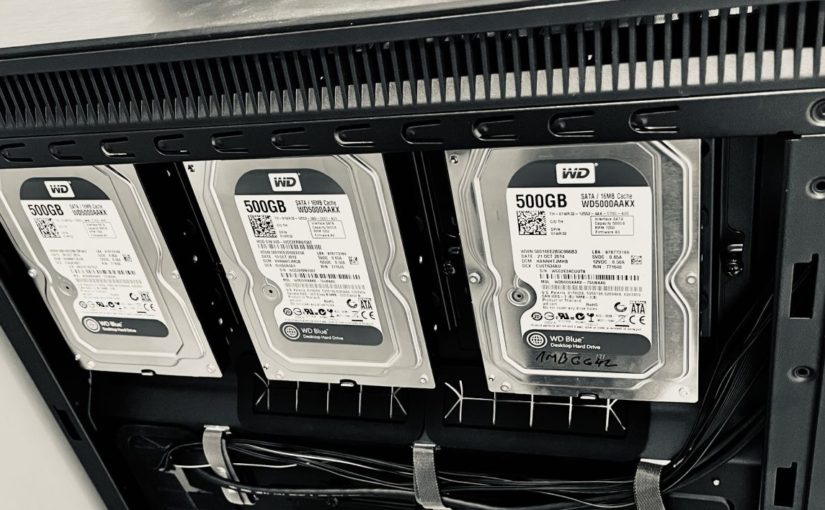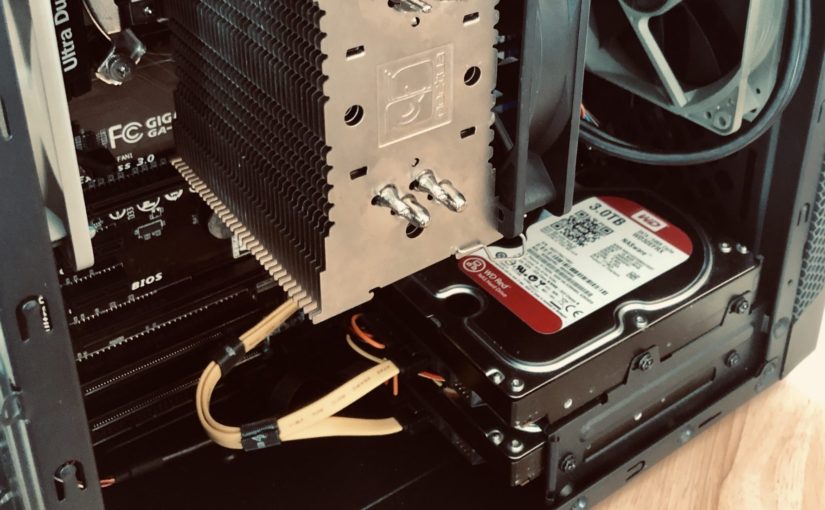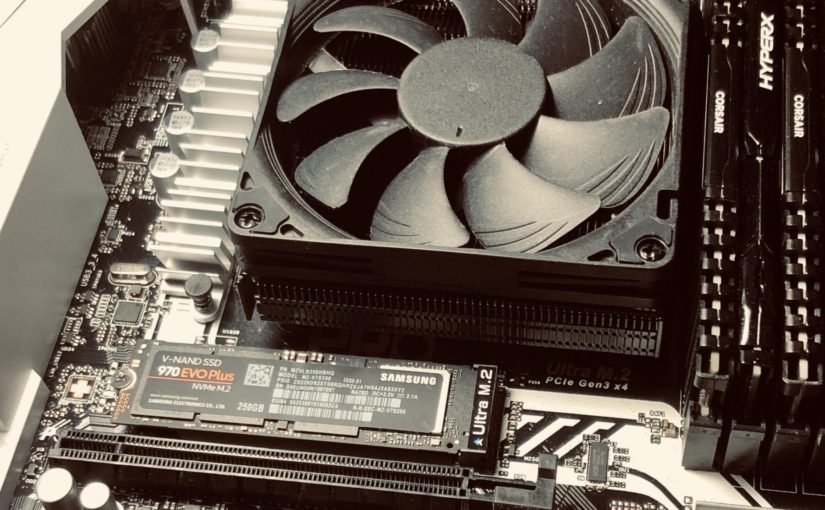Collected from my experience, here is how to deal with slow parity virtual disk performance in Microsoft Storage Spaces. In most cases, recreation will be required, but in some cases, you might get away with not having to dump all your data elsewhere. This article presumes a Storage Spaces array with no SSDs and no cache. The problem being solved here is HDDs in SS parity volumes providing 20 to 40 MB/s writes instead of multiples of disk’s rated write speeds (100 to 300 MB/s).
Continue reading Storage Spaces and Slow Parity PerformanceUnraid First Impressions (6.10.3)
All of the content floating around the web takes you right into setting up Unraid after you first run it. I compiled list of first impressions right after I was first presented with Unraid.
USB Boot
The USB stick you launch the OS from is not just for installation purpose. There is no installation procedure to go through, and you need to expect that the USB stick will stay in the PC as the boot drive. This was not clearly apparent to me off the start. Unraid license is also tied with the USB stick. This weird approach was also surprising to me. If you stick fails, or you lose it, you have to go through some sort of process of theirs to re-register your license to a different stick.
The Array
Unraid does not allow setting up drives into arrays like you might expect in any other OS. Instead, there’s The Array. It is referred to as The Array, because there is only one – The Array. Unraid has a way of allowing the user to set faster drives (say, SSDs) as a cache and then you can devote you VMs to be bound to the cache. The cache then becomes not-a-cache-anymore-cache.
The USB Creator
So far, I wasn’t able to create a working USB stick, despite using about 10 different sticks, some new, some old, and 3 different computers. Either the tool failed to create the bootable partition outright, or the OS was/became corrupted shortly after launch. Given the number of happy users of Unraid, this might be an issue isolated to me somehow, but I wasn’t able to figure it out.
Parity Schema
Since you’re not allowed to create your own arrays, you are only stuck with one – which takes all of your drives. Your options are no parity, 1 parity and 2 parities. That’s it. No such thing as vdevs, raidz3 or such.
Planning Ahead for Drive Failure
In Storage Spaces, you can set up your Space with a resiliency. This means, when a drive fails, you do not lose your data, not even a portion of it. However, even if you are already running a Storage Space, did you ever put this to a test? And if so, did you do that test before you actually dumped all your data into that Space? Today, we’re going to cover some points you might want to consider before experiencing your first drive failure in production environment.
Continue reading Planning Ahead for Drive FailureThe Great Data Disaster of 2020
May this be a warning for everyone else, who would decide to blindly trust Microsoft with it’s data.
Continue reading The Great Data Disaster of 2020So You Decided to Build a NAS
A quick article to spook the future-to-be NAS owners and maintainers. I’m writing this mostly so that I can use link to this instead of explaining it again.
Continue reading So You Decided to Build a NASNAS Updates after 2 Years /2
I wouldn’t dare to touch production NAS server without it’s data being backed up. This gave me a headache few years back when I built the original NAS. All was great, until I found out I have no place to back the data onto, if I need to do maintenance on the machine. It eventually all came crashing down in a data disaster of 2020. This is often overlooked by people asking me for advice when building their first home NAS – one day that thing will crap out and you need to have backups. How do you backup a medium that holds more data than any consumer available hard drive offered today?
Continue reading NAS Updates after 2 Years /2NAS Updates after 2 Years
It is 2021 and my two year-old NAS boxes are undergoing extended maintenance and upgrades. In this article I will also share experience that I have gained after managing these machines for 2 years and trying to provide uninterrupted service to my users.
Continue reading NAS Updates after 2 YearsFile System Considerations with Storage Spaces
Some users might be tempted to use exFAT as a file system on a Storage Spaces managed virtual disk. One of the reasons for this might be that exFAT doesn’t bother users with ownership permissions.
Admins making that decision should take into consideration that Windows 10 (as of build 19041, version 2004) does not have a built-in capability to resize an exFAT partition. Virtual disk managed by Storage Space built with ProvisioningType value of Thin will retain it’s initial size forever and will not grow. You might be able to use third party apps to resize it, but that comes with it’s own set of risks to data integrity of the volume. That is one of the reasons why Storage Spaces UI will only offer one file system option when creating a virtual disk – the NTFS file system.





